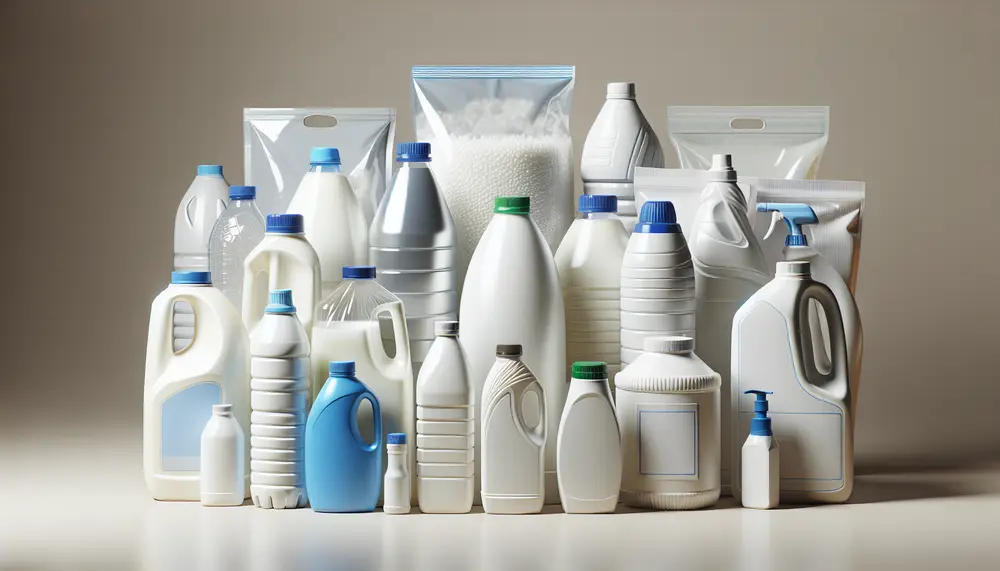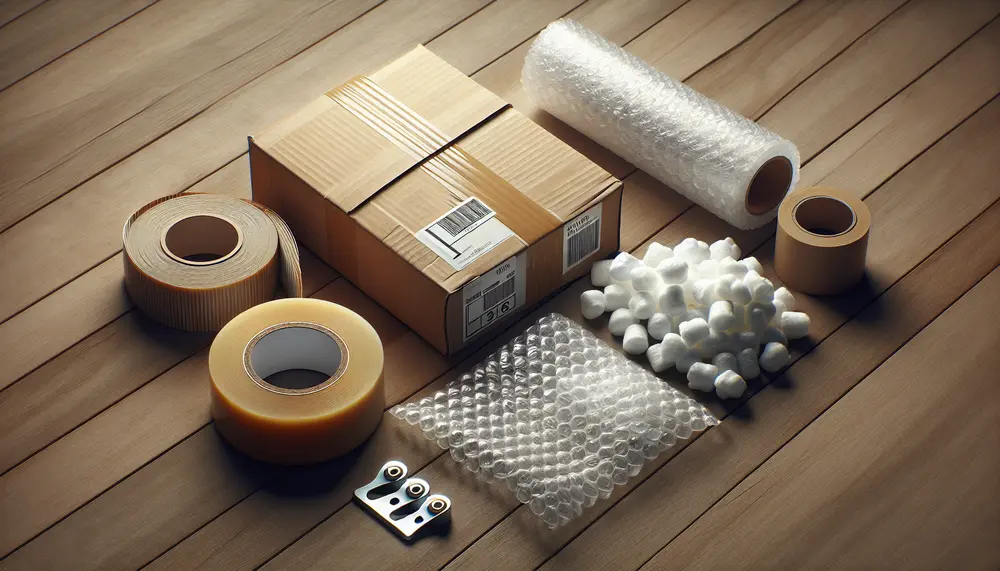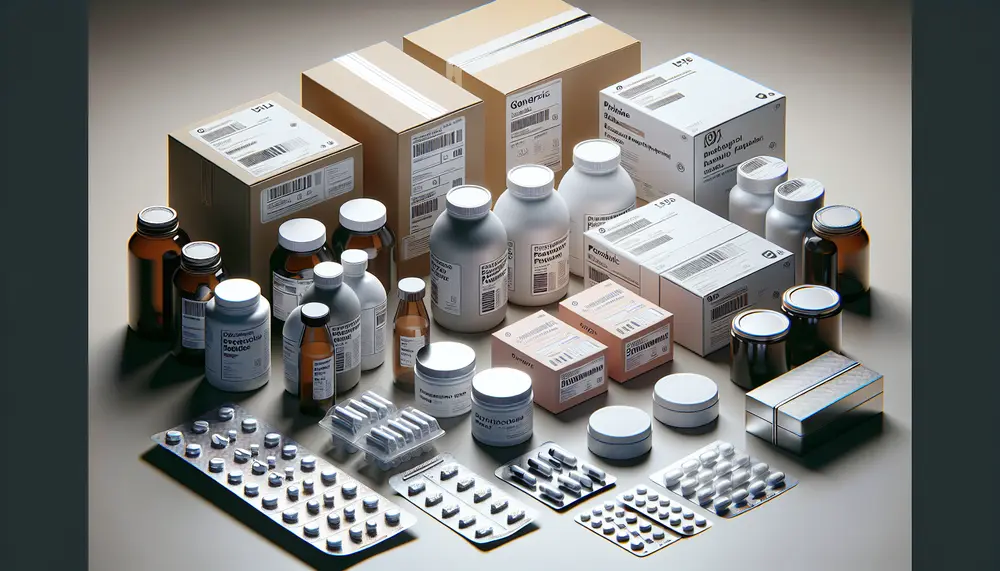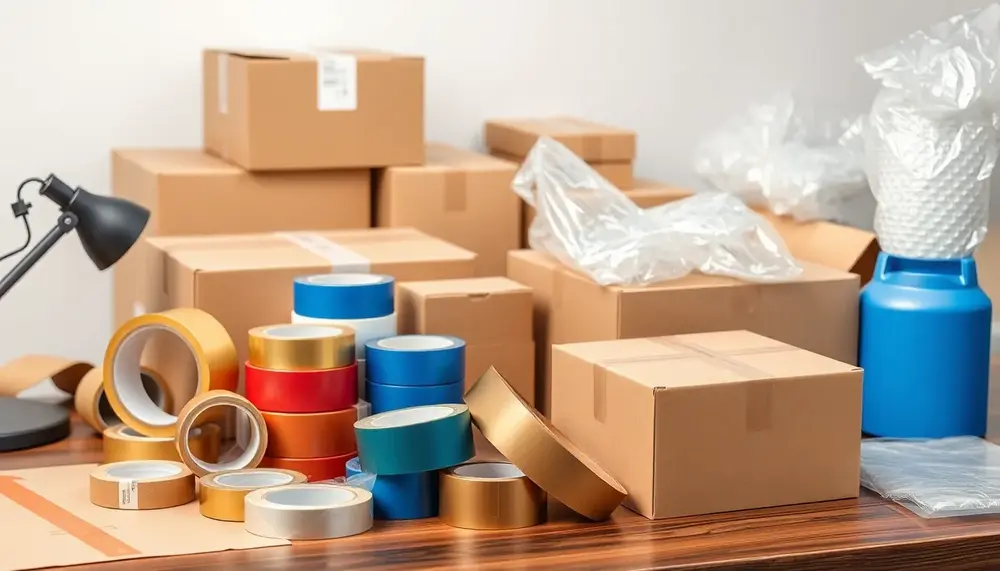Flexible film
Flexible film
Flexible Film in Packaging
Flexible film is a type of packaging material made from thin, flexible layers of plastic, paper, or metal. It is used to wrap, cover, or protect products. This material is popular in the packaging industry due to its versatility and cost-effectiveness.
Types of Flexible Film
There are several types of flexible film, including polyethylene (PE), polypropylene (PP), and polyvinyl chloride (PVC). Each type has unique properties that make it suitable for different applications. For example, PE is often used for food packaging because it is lightweight and moisture-resistant.
Benefits of Flexible Film
Flexible film offers many benefits. It is lightweight, which reduces shipping costs. It also provides excellent barrier properties, protecting products from moisture, air, and contaminants. Additionally, flexible film can be easily printed on, making it ideal for branding and product information.
Applications of Flexible Film
Flexible film is used in various industries. In the food industry, it is used for packaging snacks, frozen foods, and fresh produce. In the medical field, it is used for sterile packaging of medical devices. It is also used in the consumer goods sector for products like detergents and personal care items.
Environmental Considerations
While flexible film is beneficial, it also poses environmental challenges. Most flexible films are made from non-biodegradable plastics. However, efforts are being made to develop recyclable and biodegradable options. Consumers and companies are encouraged to recycle flexible film whenever possible.
Blog Posts with the term: Flexible film

Flexible and soft packaging materials are cost-effective, protective solutions that bend to fit contents; they combine substrates like plastics for barrier protection and branding. The industry is shifting towards these lightweight, customizable options due to consumer convenience, sustainability benefits, and...

High-Density Polyethylene (HDPE) is a durable, versatile thermoplastic with a high strength-to-density ratio used in packaging, construction, and various other applications due to its resistance to impact and chemicals. HDPE's production involves polymerization of ethylene gas using different methods that...

Packaging materials are essential for product protection, information dissemination, and marketing; material selection is based on factors like durability and sustainability. Plastic packaging offers versatility but faces environmental concerns, glass provides purity and recyclability, metal ensures strength and long-term preservation...

Packaging materials are essential for protecting goods from manufacturer to consumer, serving as protection and marketing tools. Different levels of packaging—from primary to auxiliary—along with factors like cost and environmental impact guide material selection, while advancements in technology offer a...

Pharmaceutical packaging is crucial for maintaining the safety, efficacy, and integrity of medications by protecting them from external factors like moisture and light, enhancing patient compliance with user-friendly designs such as dosing calendars, and extending product shelf life. Various types...

Smart pricing strategies for packaging tape include leveraging low-price guarantees, seasonal sales, and building supplier relationships to secure discounts; assessing cost-effectiveness involves considering durability, adhesive quality, and matching the tape type to specific needs. Exploring product varieties like lesser-known brands...
